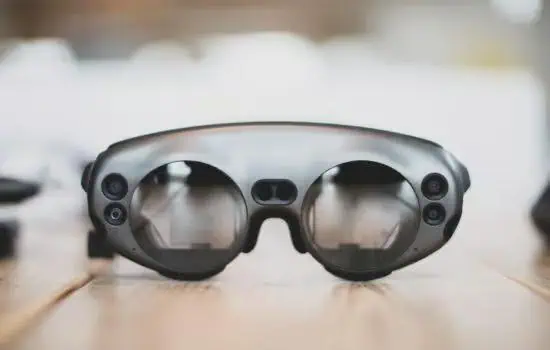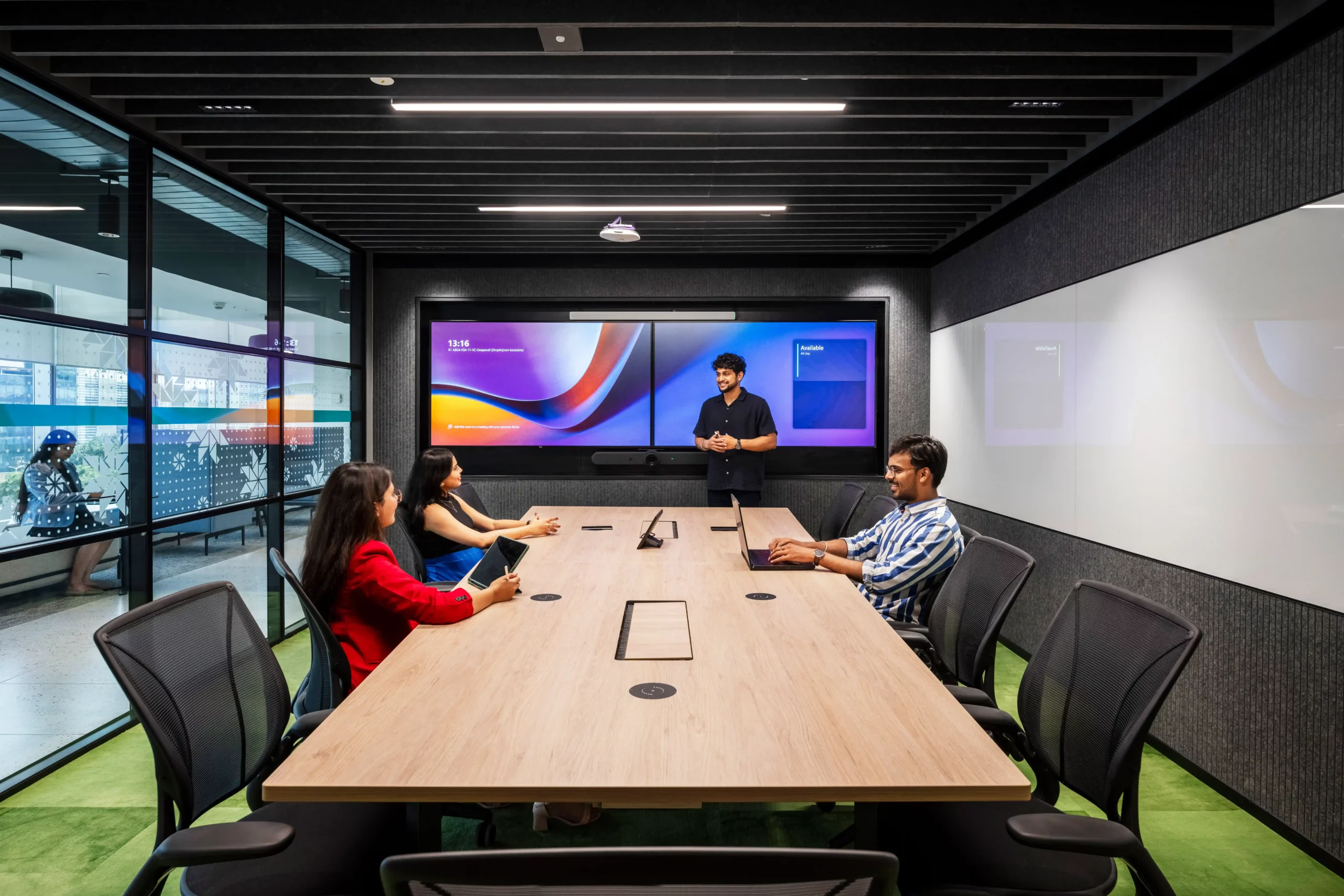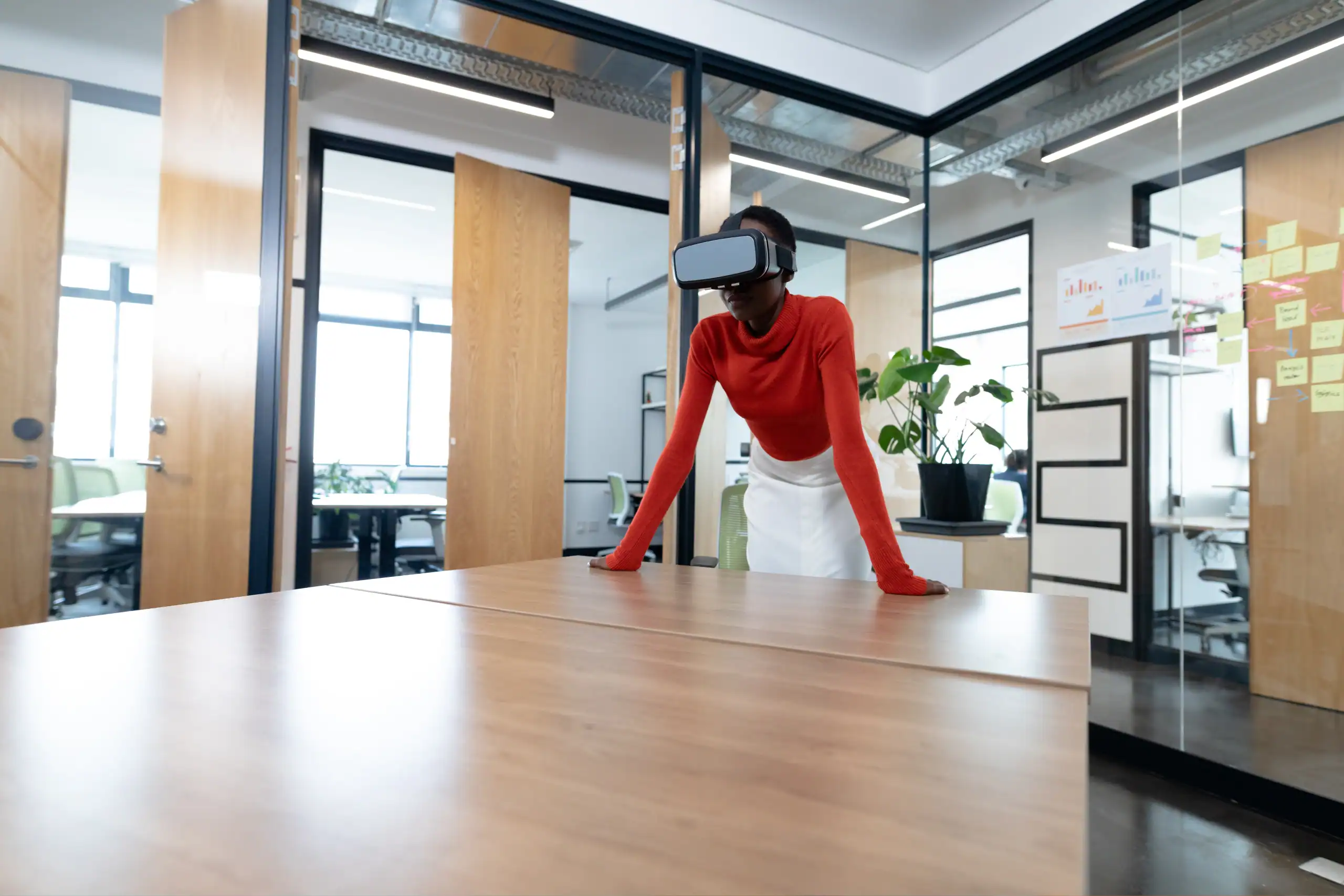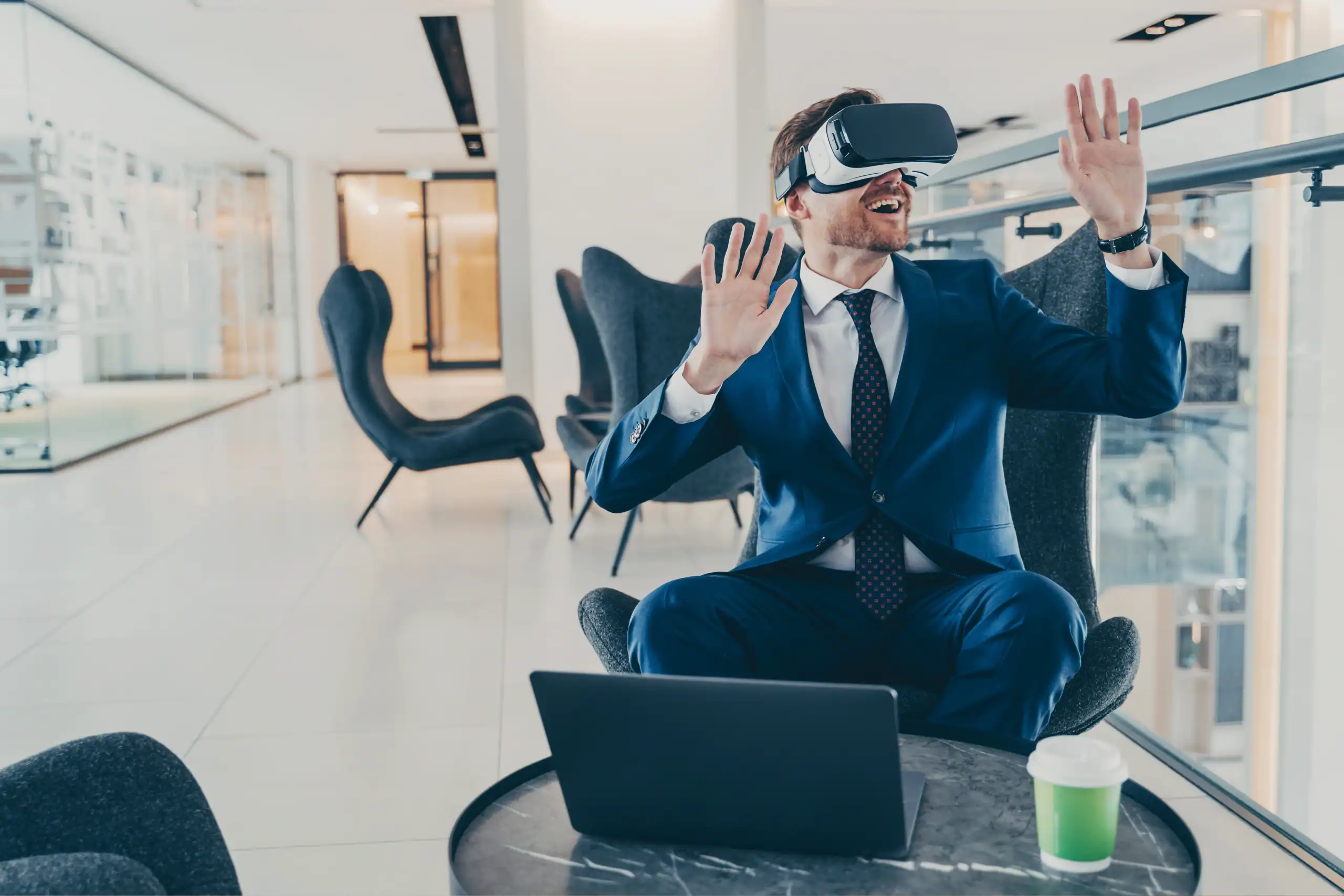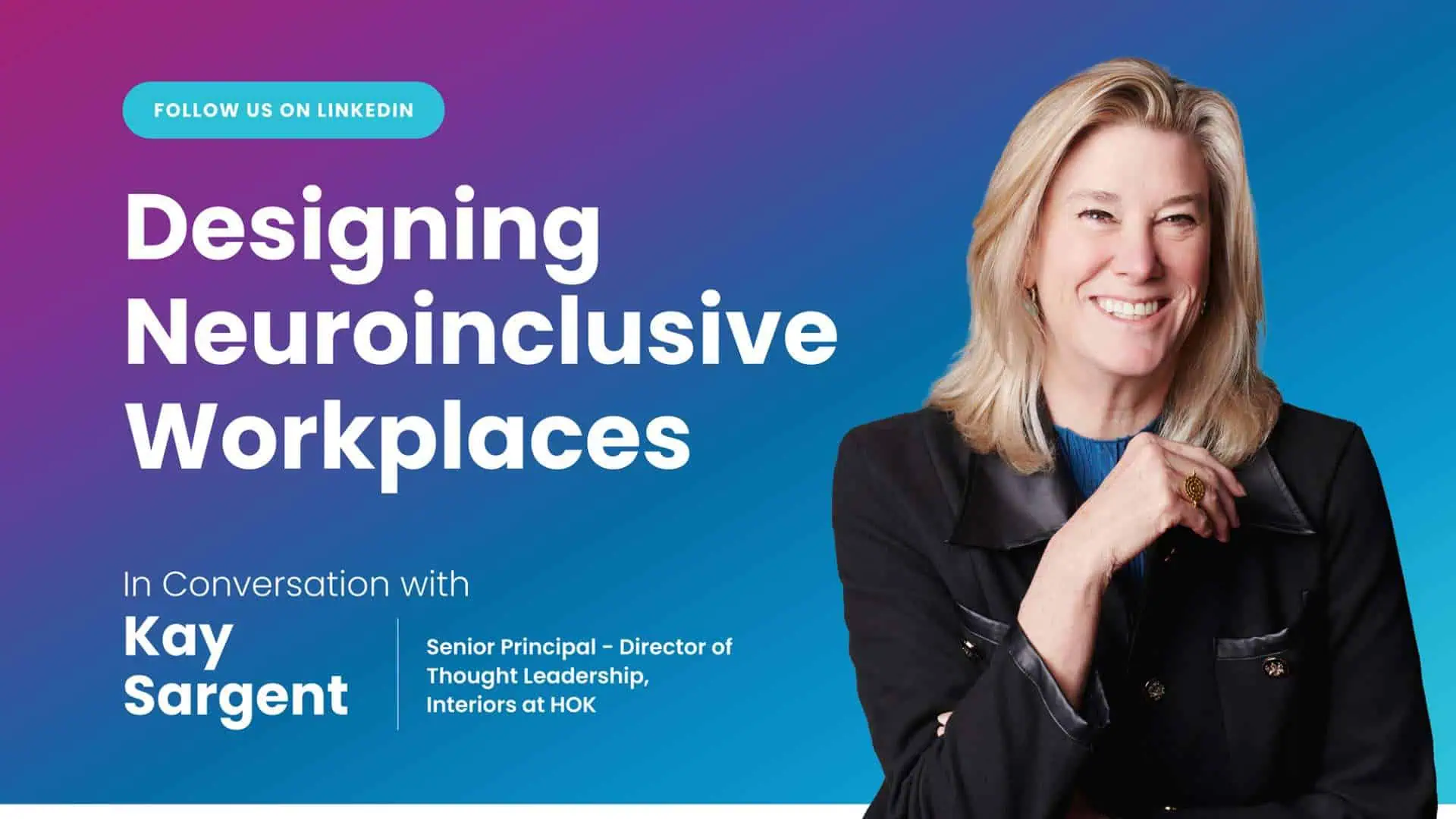[vc_row][vc_column][vc_separator][vc_column_text]
Designers Are Like Painters
They’re always looking to better themselves and are always looking for the next way to do so. They don’t ‘finish’ a job as much as they move on to the next one. As long as avenues for exploring solutions to creative problems continue to exist, they will continue to push towards solving them.
But towards that end, designers need tools.
And in terms of current emergent technology that is available, VR is leading the pack on how to act as a Swiss-army knife for these creative individuals to meet their goals.
In many ways, the nature of VR as an immersive, dynamic and realistic visualization medium is just about the perfect conduit for designers to do their job. It helps them to create designs, resolve design problems, and foster effective communication with the client. In other words, it is a godsend which makes both the designer’s and the client’s job (and life) a bit easier.
VR, which often uses powerful game engines like Unreal engine 4, allows for the creation of a real-time, dynamic and realistic visualization of interiors. This way, the client gets to experience exactly what the designer intended him to and gets the feel of the exact nature of the space. To quote Ekke Piirisid of the London studio: “designers can develop both the dimensional and the ergonomic relationships of spaces and elements.” This allows both of them to be in sync, and thus addresses a major communication gap between the two parties. Less discrepancy means more productivity—which in the long run is better for both parties.
Being able to design in a full 3-D space also offers a much better alternative from working on traditional two-dimensional renders. There is simply more space to apply one’s visual imagination, and more room to experiment and learn. It is also highly adaptable for fast learners, so they can quickly leverage the power of VR to meet the demands of tight deadlines and short review cycles.
As time goes on, evolving technologies aim to blur the distinction between real space, and their virtual analogues. Ultimately, design is multi-dimensional and carries over from one to another. Hence, working in and gaining a mastery of the virtual space will help designers better deliver their best, most creative and forward-thinking work.
As Syd Mead quoted: “In visual futurism, the line between total fantasy and futuristic is a thread of reality.”
[/vc_column_text][/vc_column][/vc_row]

